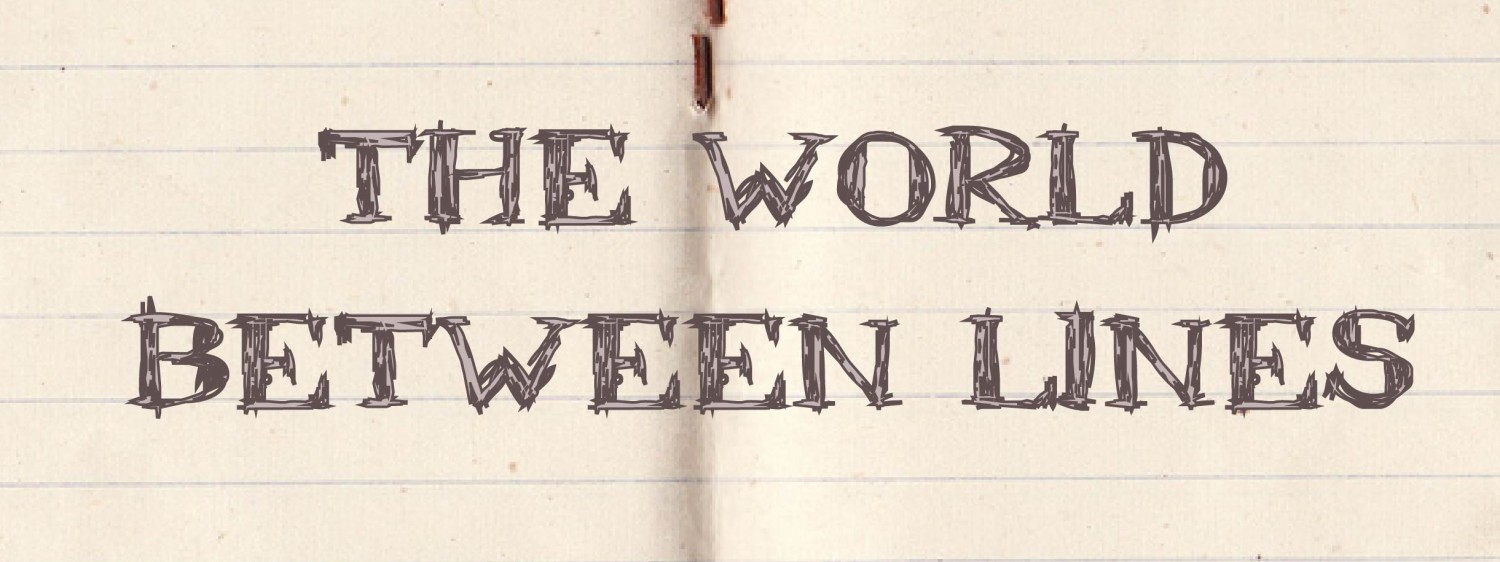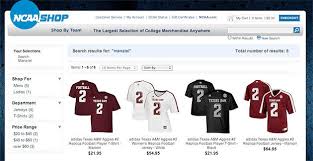Did I immediately want to ignore it and give Brady the benefit of the doubt I didn’t give Peyton? Of course. But I just couldn’t ignore Brady’s body language. Now, I won’t make a mockery of it the way Keith Olbermann did on his show last Friday, but I will say I’ve re-examined this whole thing and recognize that it must be incredibly frustrating for quarterbacks to work with young receivers. You spend a lot of time working and developing report with a player or a group of players and then circumstances, mainly business related ones, change the dynamic. Each year, as Brady, Manning and even the greats like Brett Favre, get further along in their career, they sense the time running out on the opportunity to stay or be elite. And when you’re breathtaking throws are dropped repeatedly, well, you start to snap like one might expect a mid-30s Hall of Famer to snap. Sorry for all the years I spent hammering Peyton for being rude.
The Notepad: No Huddle
When I was a younger man, and a much younger writer, I wrote a Sports Blog for a daily local around my hometown. Every so often, I would bust out what I deemed “The Notepad” – a wild, random mix of thoughts about sports that I had literally jotted down on a notepad. When I needed a column idea, I’d pull out that notepad and see if anything could be fleshed out into a full-blown opinion piece.
Usually, it couldn’t – but I found that I had enough nuggets of observation on those pages that I could piece them together in a way that provided a random-thought style approach to a piece. Like a list of jokes or one-liners a comedian deems unworthy of a full bit in his set, the notepad offered me the same freedom.
From time to time, I still jot things down – just usually on my iPhone. And since the beginning of the 2013 NFL season, I’ve had many thoughts. Since this Notepad is specific to football, we’ll call it the “No Huddle”.
– I must repent. For years – and I mean years – I hammered Peyton Manning for his poor body language at certain times, most notably if a lineman dared to commit an untimely penalty or a receiver had the nerve to drop a pass that clearly landed in the basket. It drove me Lamar Odom crazy. Essentially, I felt that Manning was showing up his teammates in a very public way for imperfections. And then my man crush, Tom Brady, started throwing fits like a five-year-old at bedtime during the course of the first two games the Patriots played against the Bills and Jets.
That said…I have to admit Brady looks poor, and the reaction still leaves a bad taste in my mouth, no matter who it is apparently. Show some decorum out there, fellas. Bite that lip, save it for later.
– If I hear another person complain about the noise in the Seahawks stadium – especially from a visiting team or their fan base – I’m going to vomit. Too loud for you? Stay home. You chose to attend the game. If you are a player, sorry your team’s fans can’t make it as loud in your home dome as Seattle’s 12th man does. Sorry the architect of your stadium didn’t intentionally work the design to showcase noise. This isn’t church or a library.
– Tampa Bay players don’t like the strict rules of head coach Greg Schiano, eh? I don’t like how poorly they have played or how they gave the Jets a win in Week 1.
– Is anyone else confused by the fines, suspensions and then redactions of those fines and suspensions? Remember that old NFL Films clip of Vince Lombardi asking, in effect, what the heck was going on out there? Well, let’s cue that up right about now. These fines or suspensions are theoretically levied after the league has reviewed the tape and made a judgment on what they deem a questionable hit, etc. So by and by, on Monday or Tuesday, the NFL sends out announcements on fines and suspensions. And then within 24 hours, they change them? Why? Didn’t they look at it and make a decision? Are they that easily swayed by the appeals of the players? How does that work? Is it the Shaggy defense: “It wasn’t me!”
– Can we stop with all the talk about how Johnny Manziel has a future in the NFL? He’s not out of college yet, and our sample size on these new age QBs isn’t large enough to know if this is a reliable system or a short-term success. I like what Manziel did against Alabama and Nick Saban’s vaunted defense. It says a lot about Manziel that he can hammer Saban’s defensive plans for more yards and touchdowns than he did in their first meeting. And I’ve professed how much I enjoy Chip Kelly’s speed offense. I also like Russell Wilson, RGIII and Colin Kaepernick. Their abilities are amazing, and frankly, unlike anything we’ve ever seen before.
But so far, we haven’t truly seen sustained success. Michael Vick, the forefather of this style of play, has only played one, full 16-game season in his 11 years in the NFL: 2006. He’s had several 15 game seasons, but all pre-date 2006. Since returning in 2009, Vick has started over 12 games just once – in 2011.
RGIII shredded his knee in the playoffs 9 months ago. Yes, there have been advancements in medicine and rehab – but long term, will be last until he’s 35? Kaepernick’s started just nine games (not including the playoffs). I just wrote about not poo-pooing the fun style of play we’re enjoying a few weeks ago and now I appear to be doing it. That’s not my intent. My intent is to say, essentially, let’s just watch and see where this goes over the next year, two years before we say in the modern NFL, Johnny Football has a spot reserved as a starting NFL QB.
Final thought: Take how great Manziel was against Bama with a small grain of salt. In the 2008 SEC Championship Game, Tim Tebow threw for 216 yards and three TDs, then ran for an additional 57 yards as Florida upset #1 Alabama. And Tebow can’t even get the lowly Jaguars to give him a shot. Manziel is a different player than Tebow, but two things jump out at me: Saban’s defense is great, but can give up stats sometimes and many scouts are questioning Manziel’s arm strength. The difference is that Kaepernick, RGIII and Vick have pretty good arms – and legs.
– Lots of injuries so far this season, but I don’t know if it’s any worse than in years past. Many pundits are pointing to the lack of padded practices during training camp and the season following the changes made during the lockout a few years ago as a reason, but aren’t there always injuries? I think we’re just dealing with a chasm between old-school players who are by-products of an era when hitting and full pads was all you did. And they think it’s cheapened the game a bit. But these some of these same players will or have complained about post-career health issues. Why can’t we admire how hard the game used to be while ensuring it’s safe to play in the future?
– Ray Rice doesn’t think much of fantasy football, or those who troll his Twitter account to say nasty things about his early season statistical struggles. I love fantasy football, but I’m not one of these trolls who thinks Ray Rice or anyone else should be thinking about fantasy stats, I hear you, Ray. Then again, don’t lower yourself to actually responding with a tweet to let them know you’re reading that garbage. Just feeding the beast, my man.
– The Broncos sure look good. The Steelers sure look bad. We’re been here before. 2-0 or 0-2, nothing has been settled, no fates determined. Denver fans are thinking about booking tickets to New York for a Snow Bowl appearance (seriously, check out the Farmer’s Almanac for a prediction on the weather next February around the stadium) and Steelers fans are ready to fire everyone. Slow down, put the season on a simmer and just let it matriculate. It’s the NFL, after all, you know – Not For Long?



